Power outages can be disruptive and stressful, often accompanied by the unexpected and persistent beeping of smoke alarms. This incessant noise is not only annoying but can also create confusion and concern.
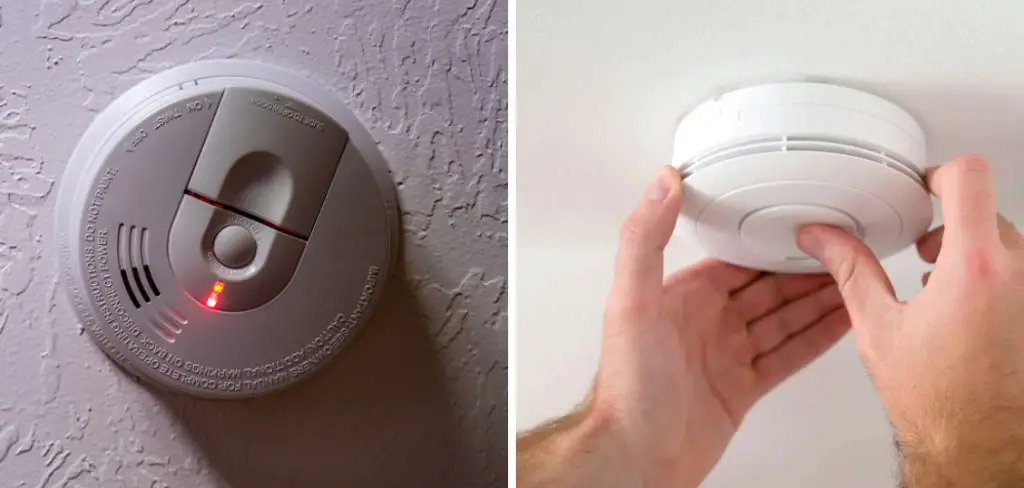
Smoke alarms are designed to alert occupants to potential dangers, and during a power outage, they may emit beeping sounds to signal a variety of issues such as low battery power, a malfunction, or the switch to backup battery mode.
Understanding how to stop smoke alarm beeping during power outage. In this article, we will explore the reasons why smoke alarms beep during power outages, providing step-by-step instructions on how to silence them effectively.
We will cover the importance of regular maintenance, the role of backup batteries, and the procedures to reset or replace batteries. By following these guidelines, you can ensure your smoke alarms function correctly without the added stress of constant beeping during power interruptions.
The Importance of Smoke Alarms in Home Safety
Smoke alarms play a crucial role in ensuring home safety by providing early warnings of potential fire hazards. These devices are designed to detect smoke particles in the air and emit a loud, piercing alarm that alerts occupants to the presence of fire, giving them valuable time to evacuate the premises and call for help.
Statistics have shown that homes equipped with functioning smoke alarms significantly reduce the risk of fire-related fatalities. In fact, the majority of fire-related deaths occur in homes without working smoke alarms. Therefore, maintaining and regularly testing smoke alarms is essential for the safety of all household members.
Additionally, smoke alarms help in minimizing property damage by enabling quicker emergency response, potentially saving both lives and possessions. In summary, the presence of smoke alarms is fundamental to any comprehensive home safety plan, underscoring the need for proper installation, regular maintenance, and timely battery replacements.
The Issue of Smoke Alarm Beeping
The beeping sound from a smoke alarm during a power outage is a common issue faced by many homeowners.
This beeping is typically an indicator that the alarm is running on its backup battery power, or that there could be a problem such as a low battery, a malfunction, or even dirt and debris affecting its sensors.
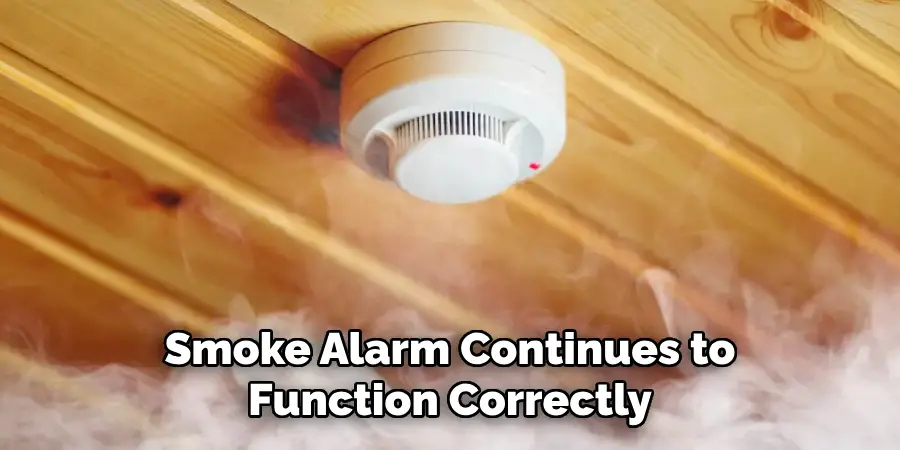
It’s important to address the beeping promptly to ensure the smoke alarm continues to function correctly, providing essential safety alerts without causing unnecessary annoyance. Ignoring the beeping can lead to the alarm’s diminished ability to detect smoke effectively, thereby compromising home safety.
By understanding the root causes and taking appropriate actions, you can silence the beeping and maintain the integrity of your smoke alarm system. In the next sections, we will delve into identifying these causes and the steps to troubleshoot and resolve them efficiently.
Understanding Smoke Alarm Power Sources
Understanding the power sources of smoke alarms is key to managing their function during power outages. Smoke alarms are typically powered either by batteries or hardwired into the home’s electrical system with a battery backup.
Battery-operated smoke alarms are standalone units that rely entirely on batteries for power. Regular battery checks and replacements are crucial for these models to ensure they remain operational.
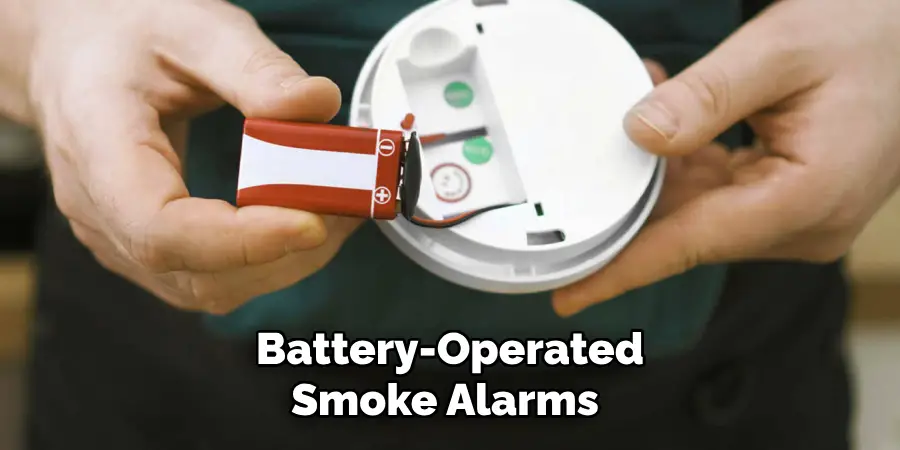
On the other hand, hardwired smoke alarms are interconnected and connected to the home’s electrical system. In the event of a power outage, these alarms rely on a backup battery to function.
This ensures continuous protection even when there’s a loss of power. However, if the backup battery is depleted or malfunctioning, the alarm might produce a beeping sound to indicate the need for a replacement.
Proper maintenance of both battery-operated and hardwired smoke alarms, including regular battery replacements and tests, is essential to ensure they work effectively at all times.
Understanding how these power sources operate will help you troubleshoot and silence any untimely beeping, maintaining the safety and peace of mind in your home.
Different Types of Smoke Alarms
There are several types of smoke alarms available, each designed to detect fire differently and suited to various areas of the home. The main types of smoke alarms are ionization, photoelectric, and dual-sensor alarms.
Ionization Smoke Alarms
Ionization smoke alarms are highly effective at detecting fast-flaming fires, which typically produce smaller, less visible particles of combustion. They contain a small amount of radioactive material between two electrically charged plates. This ionizes the air and creates a current between the plates.
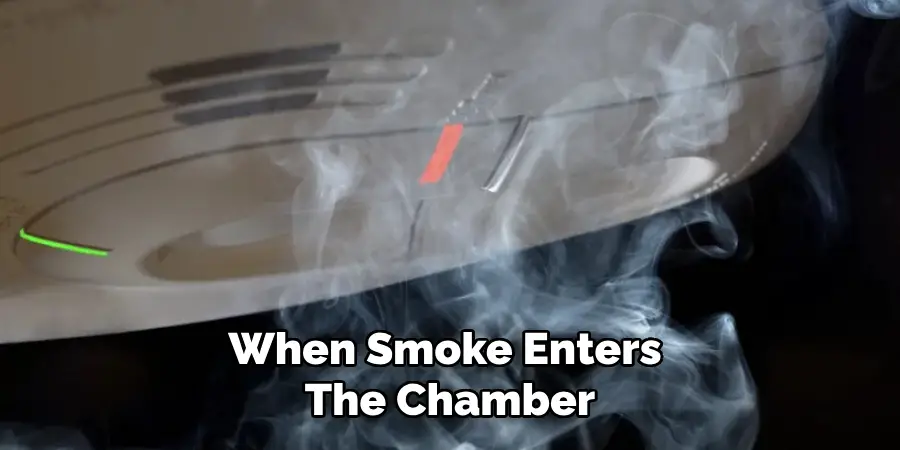
When smoke enters the chamber, it disrupts the flow of ions, reducing the current and triggering the alarm. Due to their sensitivity to smaller smoke particles, ionization alarms are best suited for areas prone to rapid fires, such as kitchens or utility rooms.
Photoelectric Smoke Alarms
Photoelectric smoke alarms use a light beam to detect smoke. They work by shining a light source into a sensing chamber at an angle away from the sensor. When smoke enters the chamber, it scatters the light onto the sensor, triggering the alarm.
Photoelectric alarms are more responsive to slow-smouldering fires, which produce larger smoke particles. These types of fires are more common in sleeping areas, living rooms, or areas where fabrics and upholstery might ignite.
Dual-Sensor Smoke Alarms
Dual-sensor smoke alarms incorporate both ionization and photoelectric technologies, providing comprehensive detection for both fast-flaming and slow-smouldering fires.
These alarms are beneficial because they can detect a wide range of fire characteristics, offering enhanced protection throughout the home. They are ideal for installation in areas where a variety of fire types could occur, such as hallways, kitchens, and general living spaces.
By understanding the different types of smoke alarms and their suited applications, homeowners can ensure they choose the best detection system for each area of their home, thereby maximizing safety and protection against fire hazards.
Regular maintenance and timely battery replacements will keep these devices operating effectively, offering peace of mind and security.
10 Methods How to Stop Smoke Alarm Beeping during Power Outage
1. Replace the Battery:
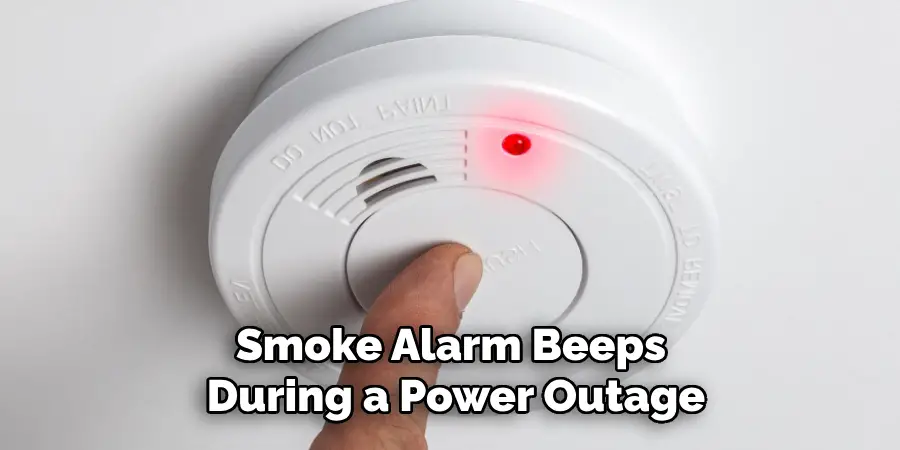
One of the primary reasons a smoke alarm beeps during a power outage is because the backup battery is either low or dead. Most smoke alarms are equipped with a battery backup to ensure they function during a power outage.
If the backup battery is depleted, the alarm will chirp to alert you. The first step is to open the battery compartment, usually located on the back or side of the smoke detector, and replace the old battery with a new one.
Make sure to use the correct type of battery, typically a 9-volt, and ensure it is installed correctly. This simple step can often resolve the beeping issue immediately. Regularly replacing the batteries in your smoke alarms can prevent these disruptions during unexpected power outages.
2. Reset the Smoke Alarm:
Sometimes, a smoke alarm may continue to beep even after replacing the battery. In such cases, resetting the alarm can help.
To reset the smoke alarm, remove it from its mounting bracket and disconnect the power supply if it’s a hardwired unit. Press and hold the test button for about 15 to 20 seconds. This action will drain any residual power from the alarm, effectively resetting it.
After holding the button, release it and wait for a few minutes. Reconnect the power supply and reattach the alarm to its mounting bracket. The reset process should stop the beeping if it was caused by a temporary malfunction or residual charge in the unit.
3. Clean the Smoke Alarm:
Dust, debris, or insects inside the smoke alarm can cause it to malfunction and beep. During a power outage, the change in air pressure or temperature might exacerbate these issues.
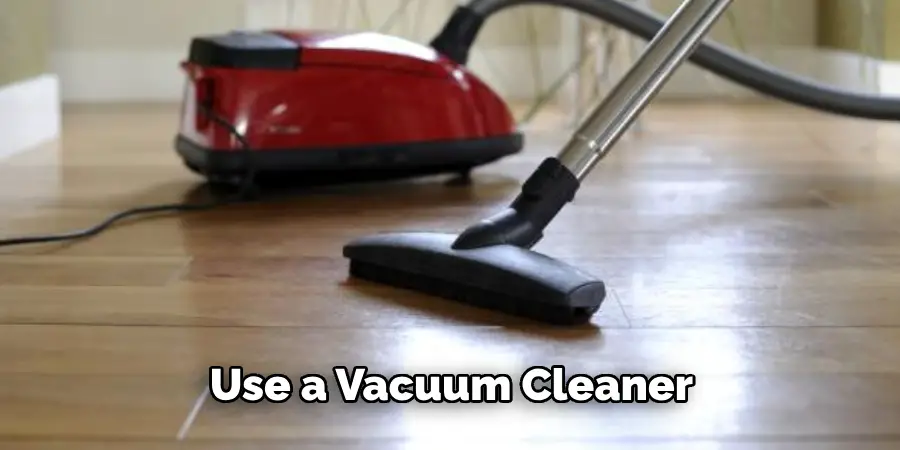
Regular cleaning of your smoke alarms can prevent such problems. Use a vacuum cleaner with a soft brush attachment to gently clean the exterior and interior of the smoke alarm. You can also use compressed air to blow out any dust particles.
Avoid using water or cleaning solutions, as these can damage the unit. Cleaning the smoke alarm every six months ensures it functions correctly and reduces the likelihood of false alarms and beeping during power outages.
4. Check for Proper Installation:
Improper installation of smoke alarms can lead to beeping, especially during power outages. Ensure that your smoke alarms are securely mounted and properly connected to their power source. For hardwired smoke alarms, check the wiring connections to ensure they are secure and free of any damage.
If the smoke alarm is not properly seated in its mounting bracket, it may lose contact with the power source, causing it to beep. Make sure the smoke alarm is firmly attached to its base and that all connections are tight and secure. Proper installation ensures reliable performance and minimizes issues during power disruptions.
5. Silence the Alarm Temporarily:
Many smoke alarms have a “hush” or “silence” button that allows you to temporarily stop the beeping. This feature is particularly useful during a power outage when you need immediate relief from the noise.
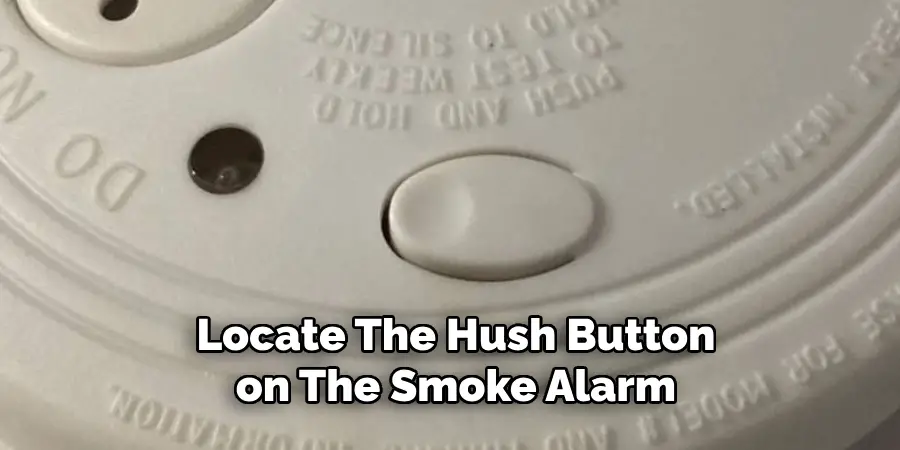
Locate the hush button on the smoke alarm, which is usually near the test button. Press and hold the hush button for a few seconds until the beeping stops. This action will silence the alarm for a set period, usually around 7 to 10 minutes.
Use this time to address any underlying issues, such as replacing the battery or resetting the alarm. Note that this is only a temporary solution, and the alarm will resume beeping if the issue is not resolved.
6. Replace the Smoke Alarm:
If your smoke alarm is old or malfunctioning, replacing it may be the best solution. Smoke alarms typically have a lifespan of about 8 to 10 years.
Over time, their sensors and other components can degrade, leading to frequent false alarms and beeping. If your smoke alarm continues to beep during power outages despite replacing the battery and resetting it, consider purchasing a new unit.
Look for a smoke alarm with modern features, such as a long-life lithium battery, a silence button, and compatibility with smart home systems. Replacing an outdated or faulty smoke alarm ensures reliable performance and reduces the likelihood of issues during power outages.
7. Use a Surge Protector:
Power surges can occur when the power is restored after an outage, potentially causing damage to your smoke alarms and other electronic devices. Using a surge protector can help protect your smoke alarms from such damage. Plug your hardwired smoke alarms or
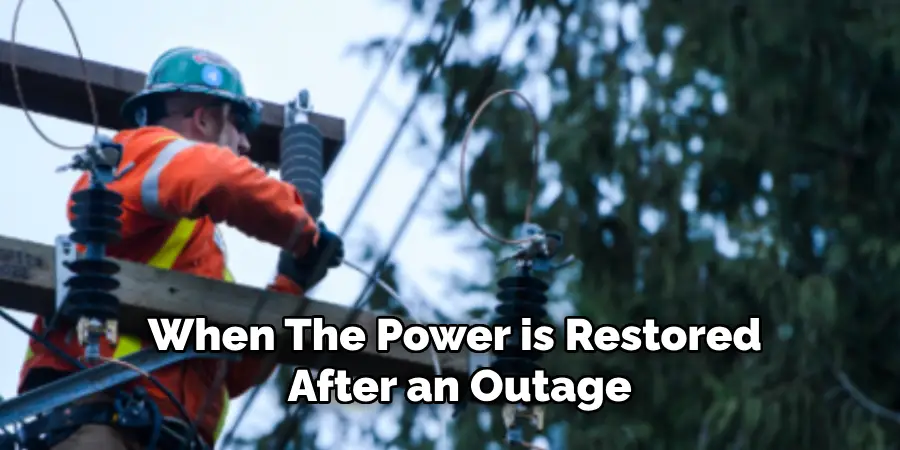
the circuit they are connected to into a surge protector. This device will absorb any excess voltage and prevent it from reaching your smoke alarms, reducing the risk of malfunctions and beeping.
Surge protectors are a small investment that can prolong the life of your smoke alarms and other electronics, ensuring they function correctly during and after power outages.
8. Check for Electrical Issues:
In some cases, the beeping during a power outage might be due to electrical issues within your home’s wiring. Loose or damaged wiring can cause intermittent power loss to the smoke alarms, triggering the beeping. Inspect the wiring in your home, especially if you have hardwired smoke alarms.
Look for signs of wear, corrosion, or loose connections. If you are not comfortable doing this yourself, hire a licensed electrician to inspect and repair any issues. Addressing electrical problems can prevent your smoke alarms from beeping during power outages and ensure the safety of your home’s electrical system.
9. Install Dual-Power Smoke Alarms:
Consider upgrading to dual-power smoke alarms that use both a hardwired connection and a long-life lithium battery.
These alarms are designed to provide continuous power even during outages, reducing the likelihood of beeping due to power loss. Dual-power smoke alarms typically have a battery life of up to 10 years, eliminating the need for frequent battery replacements.
They also offer enhanced reliability, ensuring your home is protected at all times. When installing dual-power smoke alarms, follow the manufacturer’s instructions carefully to ensure proper setup and operation.
10. Conduct Regular Maintenance:
Regular maintenance of your smoke alarms is essential to ensure they function correctly and do not beep unnecessarily during power outages.
This maintenance should include monthly testing, biannual cleaning, and annual battery replacement (unless you have long-life batteries).
Monthly testing involves pressing the test button on each smoke alarm to ensure it sounds correctly. Cleaning helps remove dust and debris that can interfere with the sensors.
Regularly inspecting and maintaining your smoke alarms ensures they are always in optimal working condition, reducing the likelihood of false alarms and beeping during power outages. Maintaining a schedule for these tasks can help you stay on top of your smoke alarm maintenance and ensure the safety of your home.
Common Mistakes to Avoid
- Ignoring Expired Units:
Many homeowners overlook the expiration dates of their smoke alarms. As mentioned earlier, smoke alarms generally have a lifespan of 8 to 10 years.
Failing to replace them after this period can lead to malfunctioning devices that are prone to beeping and false alarms. Always check the date of manufacture on your smoke alarms and replace them before they reach the end of their lifespan.
- Neglecting Regular Maintenance:
Regular maintenance is crucial for the optimal performance of smoke alarms. Skipping monthly tests, biannual cleanings, and annual battery replacements can result in unreliable devices that may not function correctly during a power outage. Establish a routine maintenance schedule to ensure your smoke alarms are always in working condition.
- Using Incompatible Batteries:
Not all batteries are suitable for smoke alarms. Using the wrong type or brand of battery can cause your smoke alarms to malfunction and beep unnecessarily. Always check the manufacturer’s recommendations for the correct type of battery and follow these guidelines strictly.
- Improper Placement:
The location of your smoke alarms significantly impacts their effectiveness. Placing them too close to kitchens or bathrooms can lead to false alarms due to cooking fumes and steam.
Conversely, installing smoke alarms too far from sleeping areas can delay detection in the event of a fire. Follow the recommended placement guidelines to ensure optimal performance.
- Disabling Alarms Temporarily:
Using the hush or silence button to stop beeping without addressing the underlying issue is only a temporary fix. Some homeowners hit the silence button repeatedly without investigating the problem, which can create a false sense of security.
Always identify and resolve the root cause of the beeping to ensure your smoke alarm’s reliability.
Conclusion
In conclusion, addressing a beeping smoke alarm during a power outage requires a combination of immediate actions and preventative measures.
From replacing batteries and resetting alarms to cleaning and proper installation, these methods help ensure that your smoke alarms function reliably when needed most.
By investing in dual-power smoke alarms and surge protectors, you can further safeguard your home against the disruptions caused by power outages.
Regular maintenance and inspections play a crucial role in preventing false alarms and ensuring the overall effectiveness of your smoke detection system. Thanks for reading, and we hope this has given you some inspiration on how to stop smoke alarm beeping during power outage!
